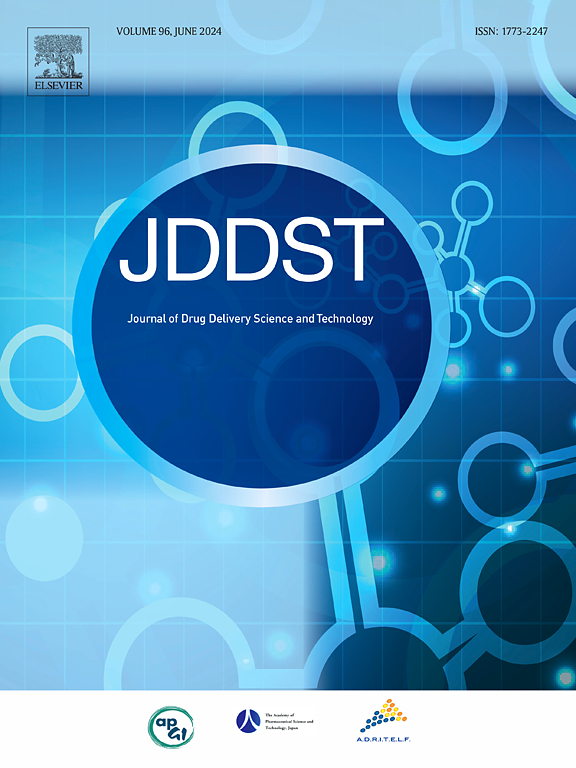Advancements in skin tissue regeneration: Unveiling emerging treatment strategies, regulatory perspectives, and future directions for enhanced healing
IF 4.5
3区 医学
Q1 PHARMACOLOGY & PHARMACY
Journal of Drug Delivery Science and Technology
Pub Date : 2025-04-04
DOI:10.1016/j.jddst.2025.106872
引用次数: 0
Abstract
Tissue regeneration is critical for preserving tissue and organ shape and function, and epithelial stem cells play a crucial role in controlling the process. The epidermis, derived from the ectoderm, has natural regenerative qualities that aid in skin regeneration and healing. Tissue engineering, often known as regenerative medicine, provides promising options for overcoming the limits of traditional autologous and allogenic tissue repair approaches. While autologous cell/tissue transplantation is promising, it has drawbacks such as donor site morbidity and restricted availability. Alternatives such as allografts, homologous grafts, xenografts, and alloplastic grafts help to progress regenerative medicine, but they also carry hazards. Synthetic grafts and tissue-engineered scaffolds promote healing, moisture retention, and bacterial growth inhibition, resulting in a favorable 3D milieu for tissue regeneration. Current skin tissue regeneration solutions highlight the use of topical antimicrobial drugs and nanofibrous scaffolds containing antimicrobial compounds, utilizing biomimetic artificial matrix tailoring. The electrospinning process enables the creation of multifunctional, bioactive 3D scaffolds. Rising nano-formulations can revolutionize wound treatment, resulting in better patient outcomes, lower healthcare costs, and a higher quality of life, highlighting ongoing advances in skin tissue regeneration. This review comprehensively delves into the intricacies of skin tissue regeneration pathophysiology while illuminating a spectrum of cutting-edge strategies. These include nanofiber technologies, nano-emulsion approaches, hydrogel formulations, gene therapy interventions, and the transformative potential of 3D-bioprinting techniques in the realm of tissue regeneration. Furthermore, a special emphasis was given to regulatory perspectives and future directions.

求助全文
约1分钟内获得全文
求助全文
来源期刊
CiteScore
8.00
自引率
8.00%
发文量
879
审稿时长
94 days
期刊介绍:
The Journal of Drug Delivery Science and Technology is an international journal devoted to drug delivery and pharmaceutical technology. The journal covers all innovative aspects of all pharmaceutical dosage forms and the most advanced research on controlled release, bioavailability and drug absorption, nanomedicines, gene delivery, tissue engineering, etc. Hot topics, related to manufacturing processes and quality control, are also welcomed.

 求助内容:
求助内容: 应助结果提醒方式:
应助结果提醒方式:


